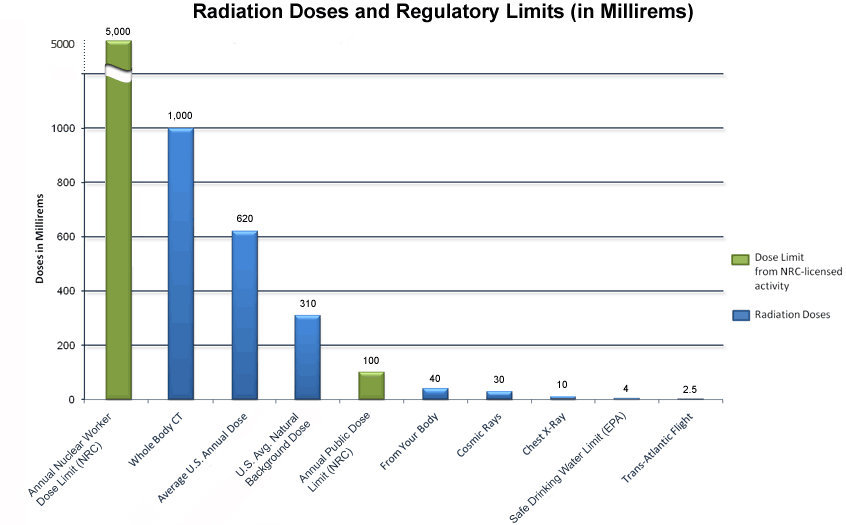Nuclear
Perry Nuclear Power Plant
Background Information
In a Perry Nuclear Power Plant emergency, there might be danger from radiation. Too much radiation can be harmful to your health. If a serious accident occurs, you might need to leave the area.
2024-2025 Emergency-Preparedness-Information-Brochure
For the special needs card to send in, click HERE.
Impacts At A Glance
- A boiling water reactor produces 1,258 megawatts of electricity, enough to power about 750,000 homes.
- Water in the reactor is heated by the fission of bundled uranium-enriched fuel pellets. One fuel pellet about the size of an adult finger tip produces the same amount of electricity as burning more than one ton of coal, 200 gallons of oil or 19,000 cubic feet of natural gas.
- The plant began commercial operation in 1987.
- Water flowing between the plant’s 516-foot cooling tower and condenser stays within closed piping systems. It does not mix with reactor water; no radioactive water goes to the cooling tower. The vapor that rises is plain water that soon evaporates.
- The reactor vessel is surrounded by a concrete “bioshield” two feet thick, plus a one-inch steel liner. The outer-most layer is a steel-reinforced, three-foot thick concrete shield building.
- More than 1,000 sensing devices monitor the plant’s safety systems.
- The National Institute of Urban Wildlife has certified the Perry Plant site as an Urban Wildlife Sanctuary. More than 850 acres of natural forests and marshes provide diverse habitat for area
wildlife.
The Nuclear Regulatory Commission (NRC) has additional information on the Perry Nuclear Power Plant. The Lake County Emergency Management Agency, along with the Perry Nuclear Power Plant, Ashtabula and Geauga Counties, the State and Federal Emergency Management Agency and the Nuclear Regulatory Commission have devised emergency plans for Lake County in the event of an emergency at the Perry Nuclear Power Plant.
Radiation and Nuclear Energy
Everything on earth is made up of tiny particles called atoms. Some atoms give off radiation. People cannot see, taste, feel, hear or smell radiation, but there are instruments that can detect it.

We are exposed to small amounts of radiation everyday. It’s in the air we breath, the food we eat, even inside our own bodies. It’s normal to be exposed to small amounts of radiation, but to be safe, you should limit the amount. The average American receives on average 620 millirem of radiation a year from natural background sources. Radiation also comes from man-made sources used by doctors and dentists, and in helpful medical ways.
Radiation levels at nuclear plants are checked constantly. The law limits levels released from a plant.
Examples of Radiation Doses:
- The Earth and Air (Natural Background) – 310 millirem per year
- Natural radioactivity in the body – 40 millirem per year
- Safe Drinking Water limit (EPA) – 3.6 millirem per year
- Chest X-rays – 10 millirem each
Source: NRC.gov Radiation Doses and Regulatory Limits
What is Nuclear Power?
Nuclear power is produced by controlled (i.e., non-explosive) nuclear reactions. Commercial and utility plants currently use nuclear fission reactions to heat water to produce steam, which is then used to generate electricity. When uranium atoms are split, radiation is produced. Normally, a nuclear power plant releases very small amounts of radiation as a gas. At most, this will add only one or two millirem to the normal dose received by people in Lake County. This radiation is less than the limit set by the law. No radiation is released by the cooling towers.
